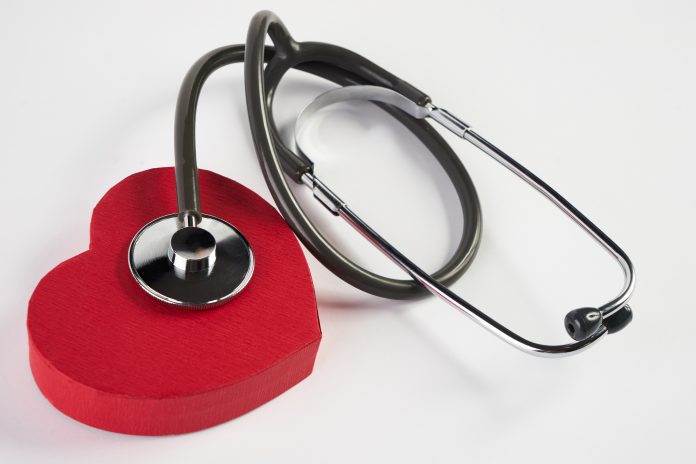Have you been tested for high blood pressure? Your doctor may put a cuff on your arm as part of a routine check-up to test your blood pressure. High blood pressure (hypertension) is caused by blood pushing too hard against the walls of your blood vessels, and it can be a serious medical condition. If your blood pressure levels are above normal, you might be at increased risk for heart disease and stroke.
Your doctor can test your blood pressure levels at a clinic or hospital, but you can also test your blood pressure yourself. Measuring your blood pressure at home is helpful for two reasons. First, some people get higher-than-usual blood pressure readings at the doctor’s office, usually because they are a bit nervous. Second, people with hypertension need to monitor their blood pressure regularly. Blood pressure normally changes daily, rising during activity and falling during sleep. The best way to get good readings is to check yourself at the same time of day.
You should also take occasional readings at different times during the day and evening. This can help you determine the effects and effectiveness of blood pressure medications. Ask your doctor how often you should monitor your blood pressure.
If you test your blood pressure at home, you have three types of home monitors to choose from:
- The manual inflation device. Wrap the cuff around your arm and use a pump to inflate it.
- The automatic inflation device. Push a button to inflate the cuff. It then deflates at the rate needed for an accurate test.
- The wrist cuff. Wrap the cuff around your wrist and push a button to inflate the cuff. These types of monitors are not usually recommended because it’s more difficult to get an accurate reading.
Talk to your doctor or pharmacist about whether home monitoring is a good idea for you and which type of monitor would best suit your needs.
Most home monitors give extremely accurate readings. The monitor will show systolic and diastolic blood pressure, for instance 120/80. Systolic, the higher number (e.g., 120 in 120/80), refers to the measurement taken when your blood surges from your heart pushing it out (the main “thump” part of the heartbeat). Diastolic, the lower number (e.g., 80 in 120/80), refers to when your blood is being pulled back towards the heart by the heart expanding (the off-beat of the heartbeat).
Most home monitors also show a reading on your heart rate or pulse (how many times a minute your heart is beating). Normal rates vary between 60 and 100 beats per minute. Many monitors have a tiny computer in them that lets you compare a reading with previous ones. Make sure you get a cuff size that fits well. If it’s too small or big, it may give false readings.
For most people, the blood pressure target is usually less than 140/90 taken at the doctor’s office or less than 135/85 taken at home. For people with diabetes, the target is less than 130/80. Depending on your medical conditions, your doctor may recommend different blood pressure targets. Talk to your doctor to find out what your targets should be.
Ask Your Pharmacist
Question: How much should I exercise to keep my heart healthy?
Answer: An active lifestyle with regular exercise will help to keep your heart healthy. Try for 30 minutes of moderate-intensity exercise such as brisk walking, gardening or dancing each day for 5 days a week. Add some muscle-strengthening activities at least 2 days a week for additional health benefits. If you can’t find 30 minutes for exercise, try finding 10 minutes for a brisk walk three times throughout the day. Before beginning any new exercise routine, especially if you are not used to regular exercise, it is important to check with a healthcare professional.
Do you have more questions? Speak with your Pharmasave pharmacist.
Health Tip
When it comes to exercise, it’s important to develop a regular routine of physical activity to get the most benefit for your heart. Find an activity that you enjoy. Exercising with a friend can help you keep motivated and stay on track. You can also join a team or sign up for classes. During the winter, take part in winter sports or find an indoor activity to help you keep up your healthy routine.
All material © 1996-2013 MediResource Inc. Terms and conditions of use. The contents herein are for informational purposes only. Always seek the advice of your physician or other qualified health provider with any questions you may have regarding a medical condition.
























